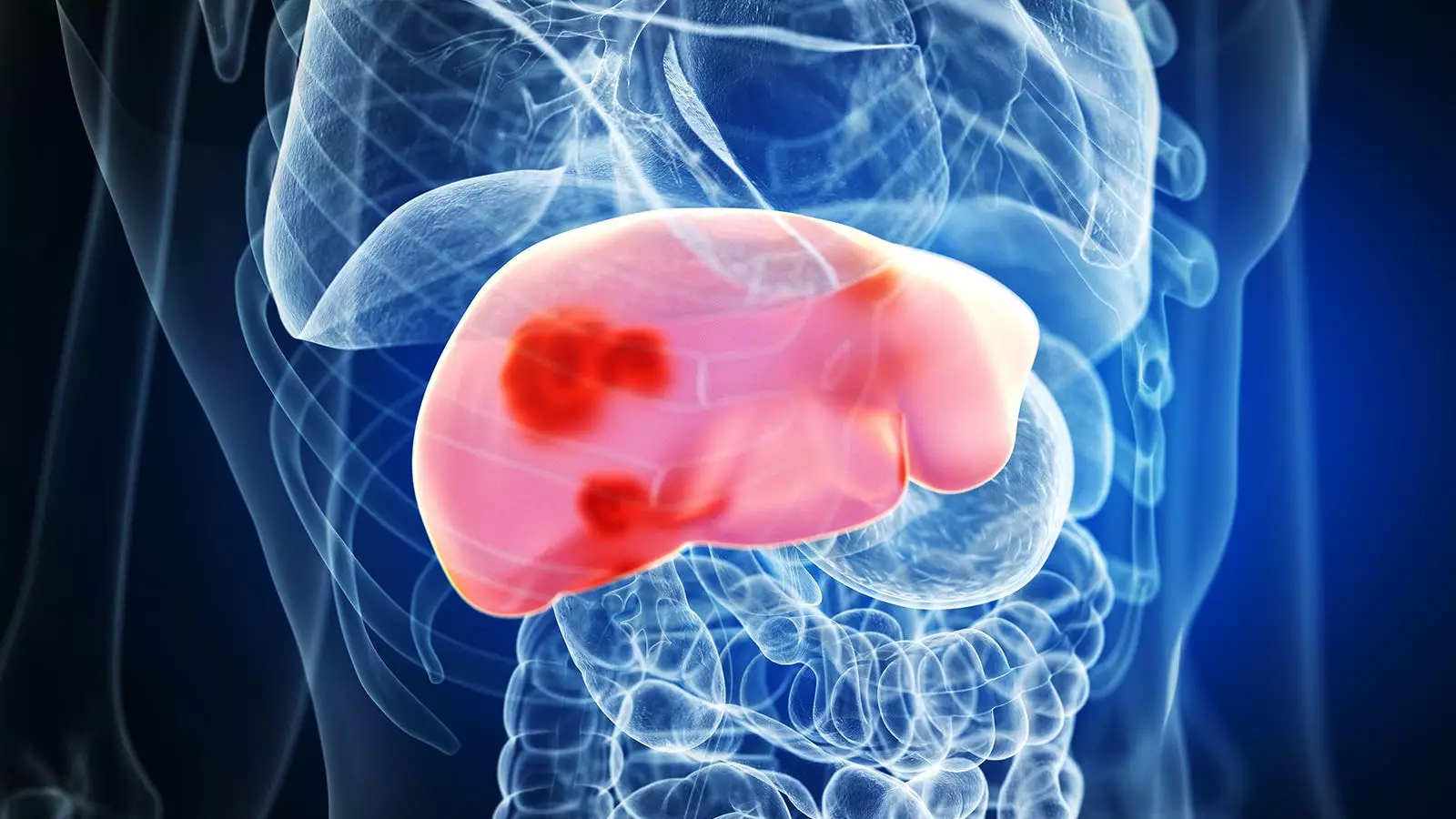Chronic liver disease represents a major public health challenge worldwide, often leading to severe complications, including hepatocellular carcinoma (HCC). Recent research from a multicenter study sheds light on a promising risk stratification algorithm that aims to enhance HCC prediction among patients suffering from chronic liver disease. This article delves into the findings of the study, highlights the implications of the PLEASE algorithm, and discusses the necessary considerations for effective implementation of risk-based screening.
In a comprehensive study involving over 2,300 patients with advanced chronic liver disease, researchers devised a six-parameter risk stratification tool, termed the PLEASE algorithm, to assess the likelihood of developing HCC. Notably, the study revealed that patients classified as high-risk exhibited a staggering cumulative risk of 15.6% for developing de novo HCC over two years, in stark contrast to just 1.7% for those categorized as low-risk. The parameters considered in this algorithm include platelet count, liver stiffness measurement (LSM), age, sex, and the presence of specific liver diseases such as viral hepatitis and steatosis.
The study’s authors posit that the identification of patients at high risk enables targeted screening, ultimately allowing for timely intervention and improved patient outcomes. The researchers recommend adopting a more aggressive surveillance protocol for high-risk individuals while extending screening intervals for lower-risk patients. This targeted approach is both practical and essential in optimizing healthcare resources, ultimately enhancing patient management strategies.
As emphasized by researchers Jonel Trebicka and his colleagues, the PLEASE algorithm is relatively straightforward to implement, making it accessible for both outpatient and inpatient settings. This is particularly crucial considering that the parameters comprising the algorithm are commonly measured or recorded in routine patient assessments. The implications of this algorithm extend far beyond mere prediction; they suggest a paradigm shift towards personalized medicine in HCC screening.
Stephen L. Chan, MD, and colleagues, in their accompanying editorial, endorse the validation of the PLEASE algorithm as a critical step toward establishing risk-based strategies in HCC surveillance. They argue that incorporating marginal screening improvements for different cancer types—well-documented in existing literature—can be mirrored in HCC protocols. The foundation laid by the PLEASE algorithm presents a unique opportunity for further prospective studies that would explore the clinical effectiveness of such risk-based surveillance methodologies.
Despite the promising nature of the PLEASE algorithm, it is crucial to recognize that risk stratification models can only function optimally if accompanied by diligent adherence to surveillance protocols. Future discourse must address the concerning statistic that indicates many patients remain unsupervised due to inconsistency in arranging and adhering to screening schedules. For instance, a recent multicohort study in the United States revealed alarmingly low rates of semi-annual surveillance, with 14% of patients receiving it and nearly two-thirds remaining unscreened before the diagnosis of HCC.
To tackle these issues, stakeholders must integrate strategies aimed at enhancing adherence and awareness regarding the importance of regular screenings within the design of risk-based programs. Education campaigns targeting both healthcare providers and patients can foster a greater understanding of the algorithm’s significance and its potential to mitigate the risks associated with HCC. By improving patient engagement and compliance, the real-world benefits of the PLEASE algorithm could be maximized.
The PLEASE algorithm represents a significant advancement in the early detection and management of hepatocellular carcinoma in patients with advanced chronic liver disease. With its six-parameter approach to risk stratification, the algorithm holds promise for transforming how clinicians identify high-risk individuals and allocate healthcare resources effectively. As the medical community moves towards personalized medicine, it remains imperative to address the challenges of surveillance adherence to realize the full potential of predictive tools like the PLEASE algorithm. Collaboration among researchers, clinicians, and policymakers will be essential in refining these strategies, ultimately leading to improved patient outcomes in the fight against HCC.

